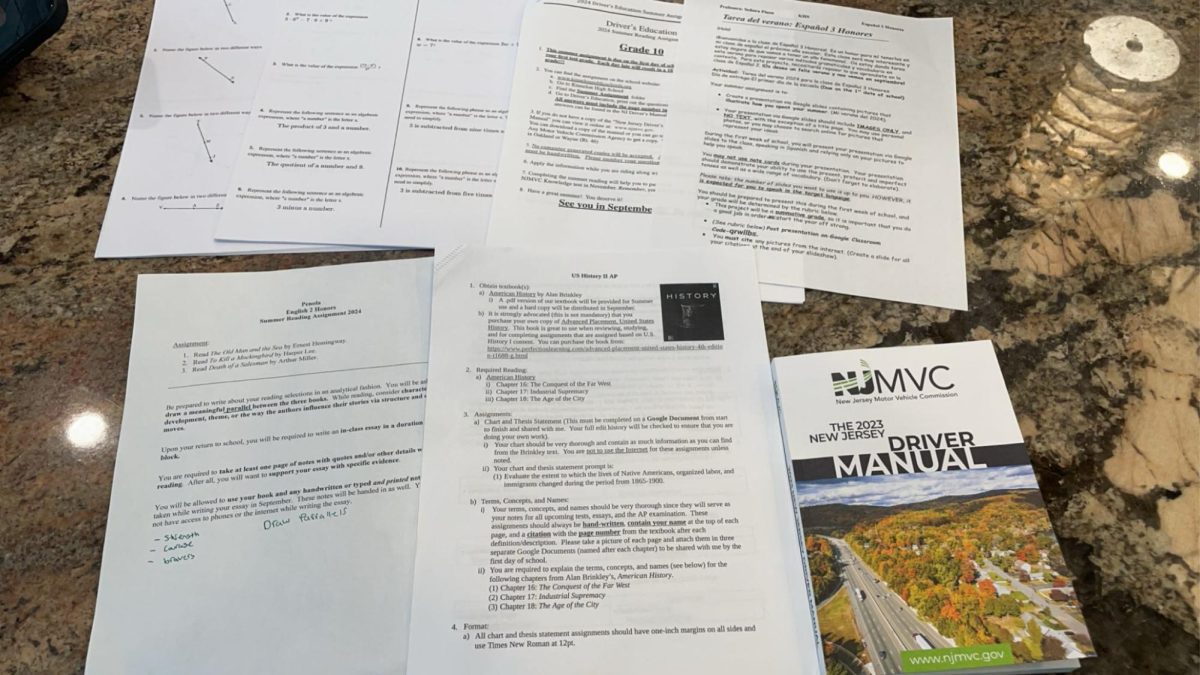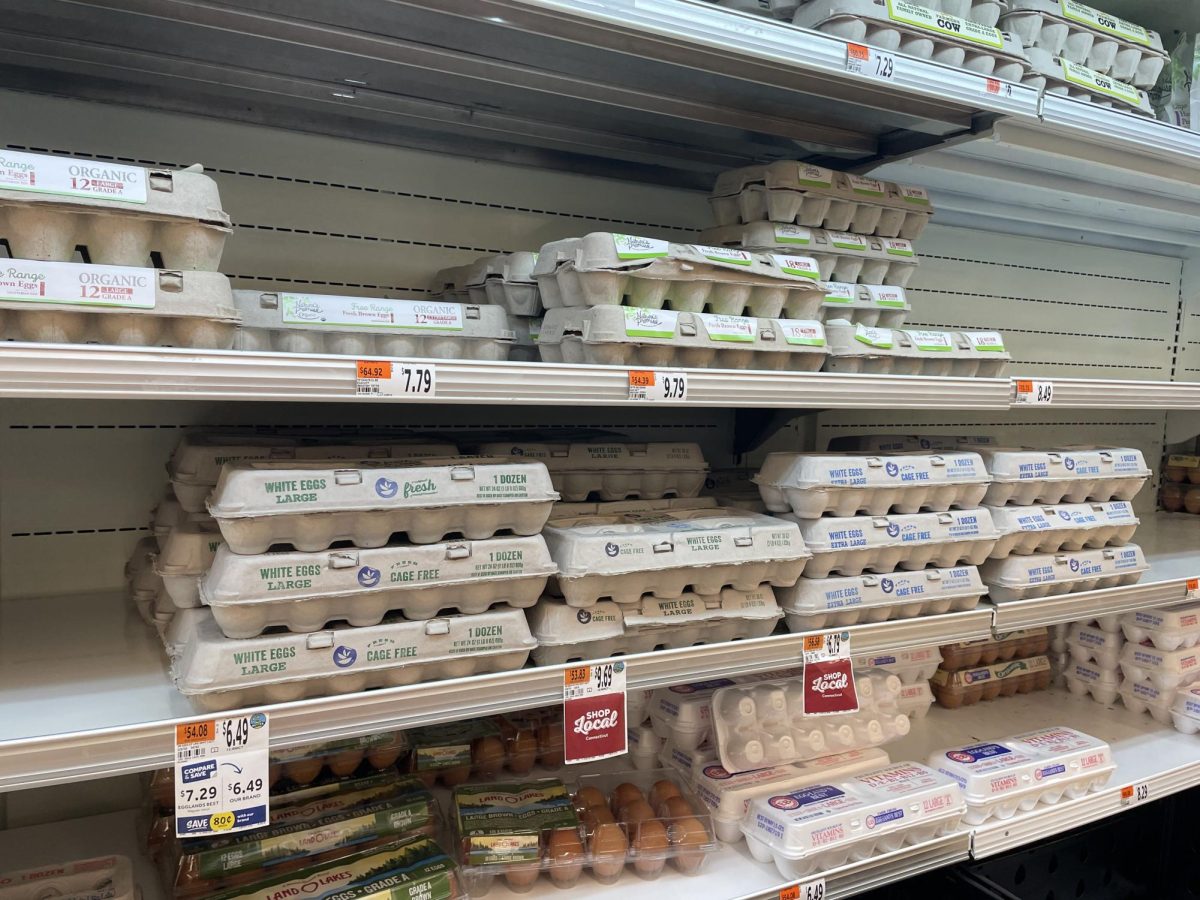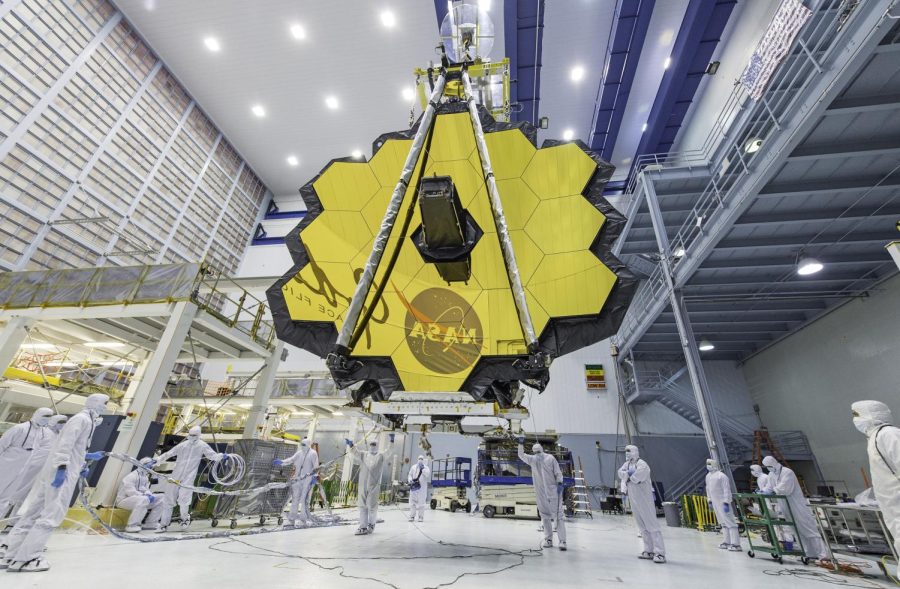The changing seasons not only bring differing temperatures but also changing leaves. During the autumn season, the leaves change from a greenish color to colors of red, orange, yellow, and tan, and then proceed to fall. But why?
When students were asked why they thought the leaves changed color, they each gave a different response.
“I think it is because of photosynthesis,” freshman Marwan Ahsanuddin said. “Or it probably has something to do with the amount of sunlight.”
Another student, senior Maya Vaitovas, said “Chlorophyll.”
What’s the real reason? Both are right, but only describe one part of the whole solution.
When the hours of daylight get shorter and shorter during the colder seasons, the vegetation is affected because it is receiving less sunlight. Leaves are colored by pigments, which are a type of molecule. The (usually) green color of leaves comes from the pigment chlorophyll. Chlorophyll makes food from sunlight, especially during the warmer seasons, and that is why leaves are green during the spring and summer seasons.
“It helps plants make energy from sunlight- a process called photosynthesis,” says the National Oceanic and Atmospheric Administration (NOAA). However, during the autumn when the amount of sunlight decreases, the leaves stop making the usual amounts of chlorophyll in order to spend less energy. Therefore, other pigments in the leaves that were not as prominent during spring and summer begin to show their colors, resulting in red, orange, and yellow hues. But what makes them brown?
The color-changing process occurs before the leaves fall because, by that point, the energy stored up from the sunlight has diminished. As the energy is waning, the leaves break down whatever remaining chlorophyll within them and transfer back into the main plant. The molecule is then reabsorbed, and the plant can reuse the energy when the daylight hours become longer. By transferring the remaining energy back into the main plant, the leaves can no longer hold and fall to the ground.
The pigments which give off the red and yellow colors are called carotenoids, claims NOAA. Another molecule that helps the process is anthocyanins, which contribute towards the other colors that are seen with leaves. It takes a lot of energy for the trees to maintain their leaves, which come from the sunlight hours.









